- Joined
- Aug 15, 2000
- Messages
- 19,139
Rapaport Magazine - Trick of the trade
A cut grade of Excellent from the Gemological Institute of America (GIA) is a target many diamond manufacturers are eager to reach. Recently, some of them have gotten creative in their efforts to achieve that goal — a bit too creative, critics say. Round brilliants have started turning...
www.diamonds.net
A cut grade of Excellent from the Gemological Institute of America (GIA) is a target many diamond manufacturers are eager to reach. Recently, some of them have gotten creative in their efforts to achieve that goal — a bit too creative, critics say.
Personally, I think GIA's excuse is pathetic.





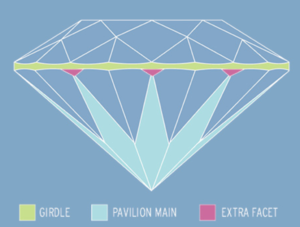
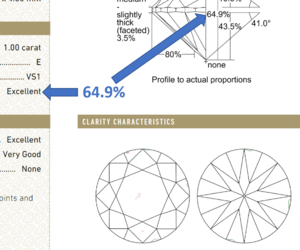
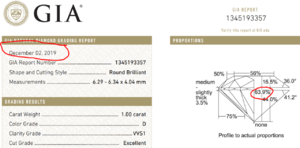
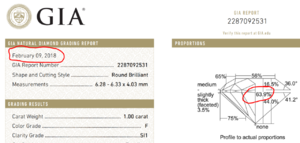
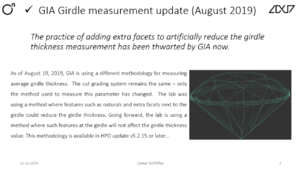
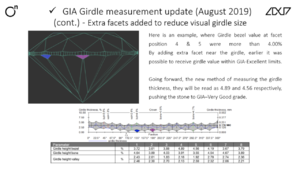

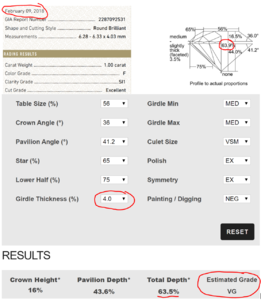
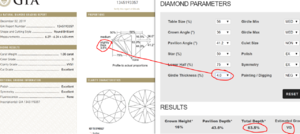
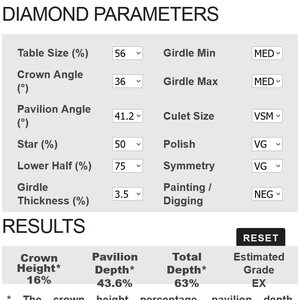
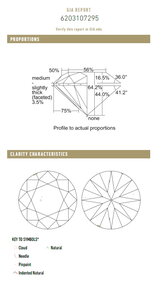
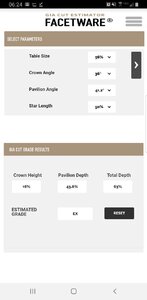
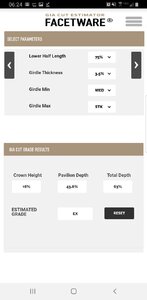
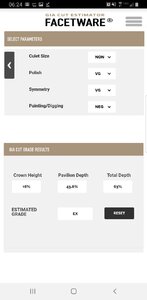


300x240.png)